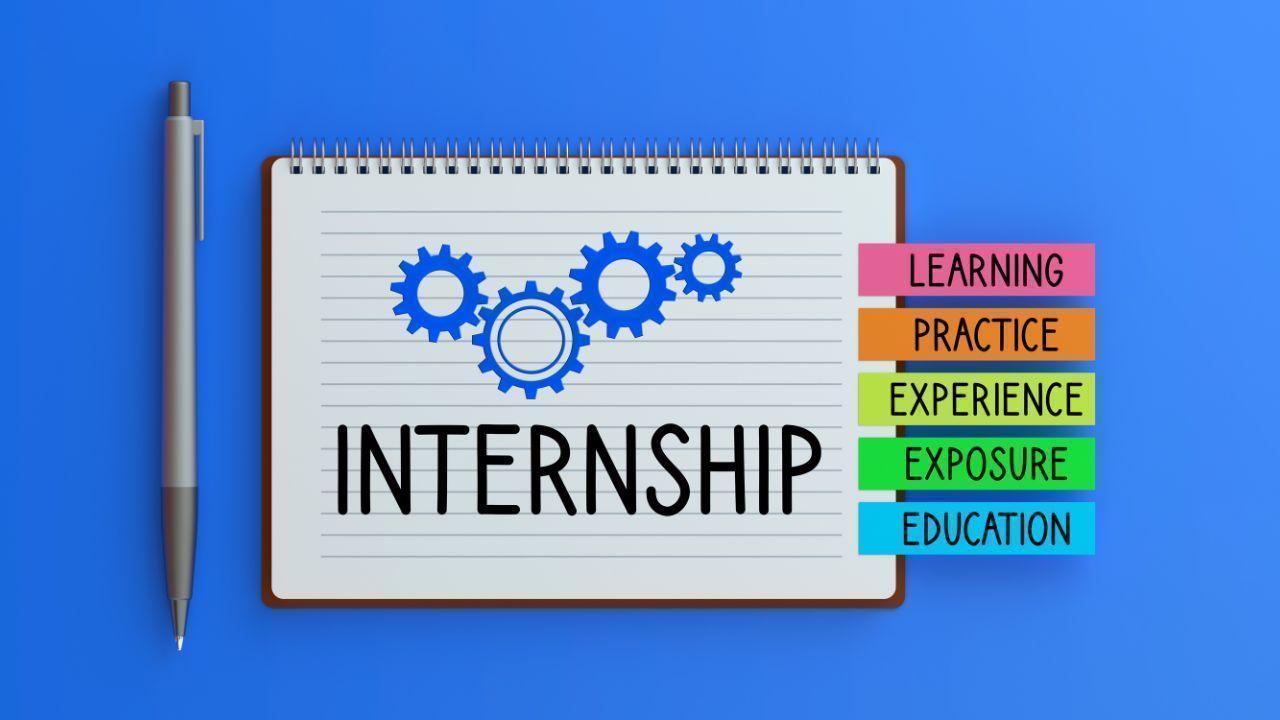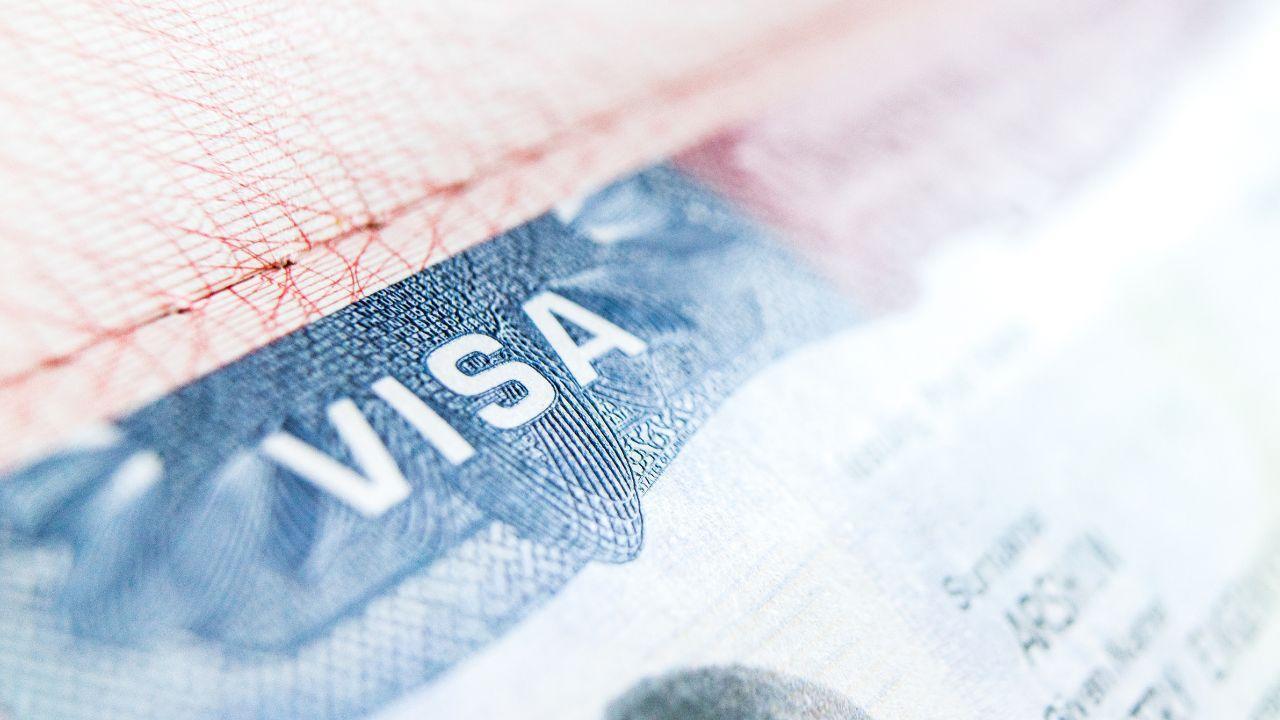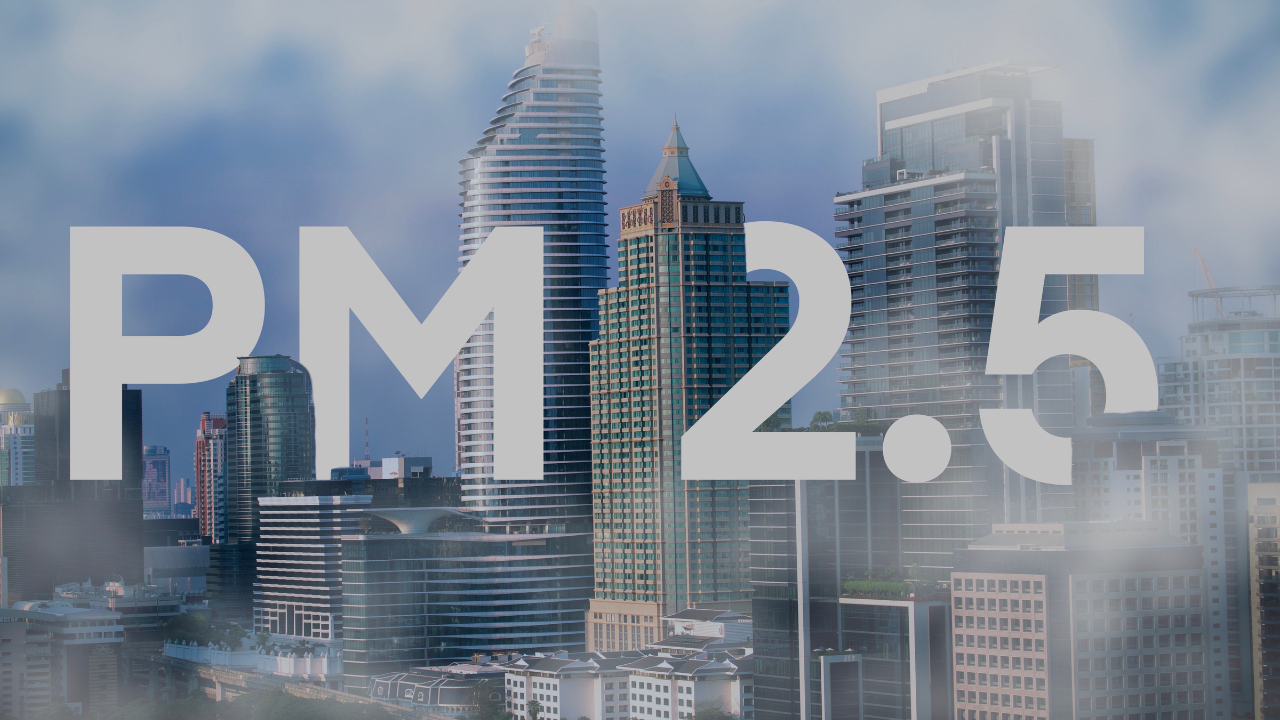



If you want to work in the U.S. without relying on the H-1B visa, consider the EB-1 employment-based, first-preference visa. This powerful alternative offers a potentially faster path to permanent residency for three categories of foreign professionals:
One of the biggest advantages of EB-1A is that it doesn’t require a U.S. employer sponsor. However, applicants must show sustained national or international acclaim through evidence such as awards, publications, or media coverage. For EB-1B, candidates must have an employment offer from a U.S. institution that employs at least three full-time researchers, along with proof of international recognition. EB-1C applicants must be transferring from a qualifying foreign employer to a U.S. affiliate where they will serve in an executive or managerial role and can demonstrate at least one year of prior service.
Why Careful Preparation Matters More Than Ever
USCIS has recently cracked down on fake or misleading evidence, particularly in EB-1A petitions. Dmitri Litvinov, CEO and Founder of Dreem, explains that appeals and revocations are rising, often because standard templates and box-checking strategies no longer hold up. “You need a thoughtful strategy, a compelling narrative, and strong totality of evidence,” he emphasizes. Even applicants who meet several individual criteria may receive Requests for Evidence (RFEs) or denials if their case lacks a coherent narrative or clear merits.
Litvinov warns that with limited USCIS officer capacity and growing scrutiny, the judgment of case officers is becoming more decisive. This means each element of the petition, especially the EB-1A narrative, needs to stand on its own merit.
EB-1A vs H-1B: A Permanent Path
Unlike the H-1B—which can be temporary and dependent on employer sponsorship—EB-1A offers a direct route to permanent residency (a Green Card). For applicants from India and China, who face very long wait times in the EB-2 and EB-3 categories, EB-1A often becomes one of the few viable paths to a Green Card.
How Many EB-1 Visas Are Available?
The annual cap on employment-based Green Cards is 140,000. EB-1 visas are allocated approximately 28.6% of that total—around 40,040 visas per fiscal year. This number is shared among all EB-1 categories (A, B, and C). Due to its attractiveness, EB-1A often accounts for a large share of this pool.
In Q1 FY 2025, India and China remained the top source countries for EB-1A I-140 petitions, with India consistently ranking among the top five over the past five years.
Final Thoughts
For professionals with extraordinary talent or leadership experience, the EB-1A visa may offer a more stable, long-term route to living and working in the U.S. By shifting focus from temporary status to permanent residency, applicants position themselves for long-term success—not only professionally, but personally. However, achieving this requires a well-prepared petition that goes beyond checkboxes and clearly articulates your unique contributions and sustained acclaim.
If you're aiming for a Green Card through the EB-1A route, now is the time to build your story, gather robust documentation, and work with experienced legal advisors to present a strong, compelling case.
#trending #latest

University Internships That Help You Get a Job After Graduation... Read More.

Is It Smarter to Start at a Community College... Read More.
 Fake posts hit Czech PM Fiala's X
Fake posts hit Czech PM Fiala's X
Fake posts disrupt Czech PM Fiala's X account security
 Switzerland Tightens Export Rules
Switzerland Tightens Export Rules
Switzerland expands export controls on dual-use goods
 Google unveils Ironwood AI chip
Google unveils Ironwood AI chip
Google introduces Ironwood chip to accelerate AI tasks & apps
 TSMC Q1 revenue up 42%
TSMC Q1 revenue up 42%
TSMC sees 42% revenue surge in Q1, surpassing forecasts
 Amazon CEO Outlines AI Vision
Amazon CEO Outlines AI Vision
Amazon CEO reveals AI investment plans in new letter
 Osaka Hosts World Expo 2025
Osaka Hosts World Expo 2025
Japan blends tech and culture at Osaka Expo 2025 launch
 A16z Plans Big Bet on AI Startup
A16z Plans Big Bet on AI Startup
A16z may lead huge round in ex-OpenAI CTO’s new AI firm.
© MyEduGoal. All Rights Reserved. Design by markaziasolutions.com